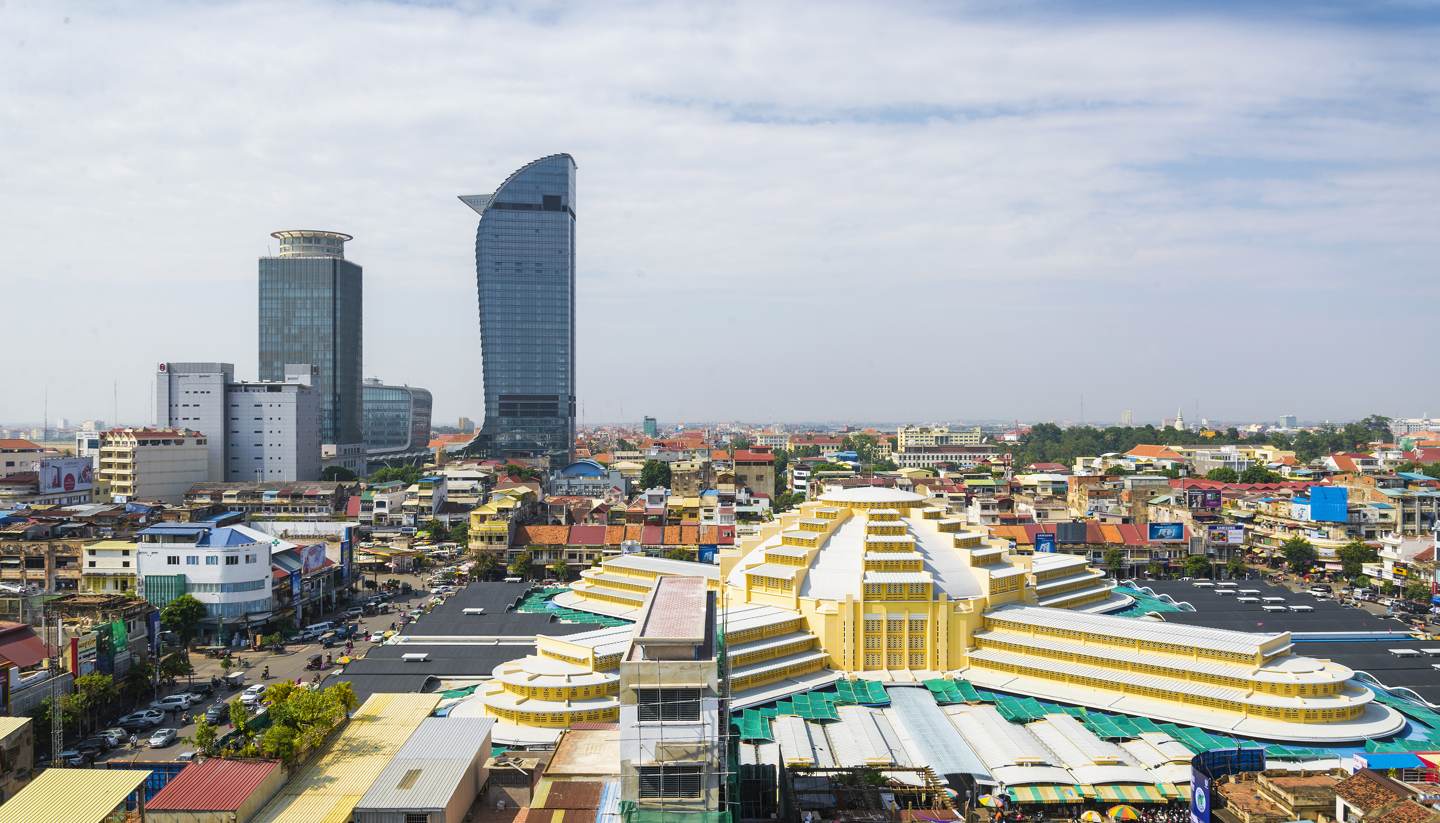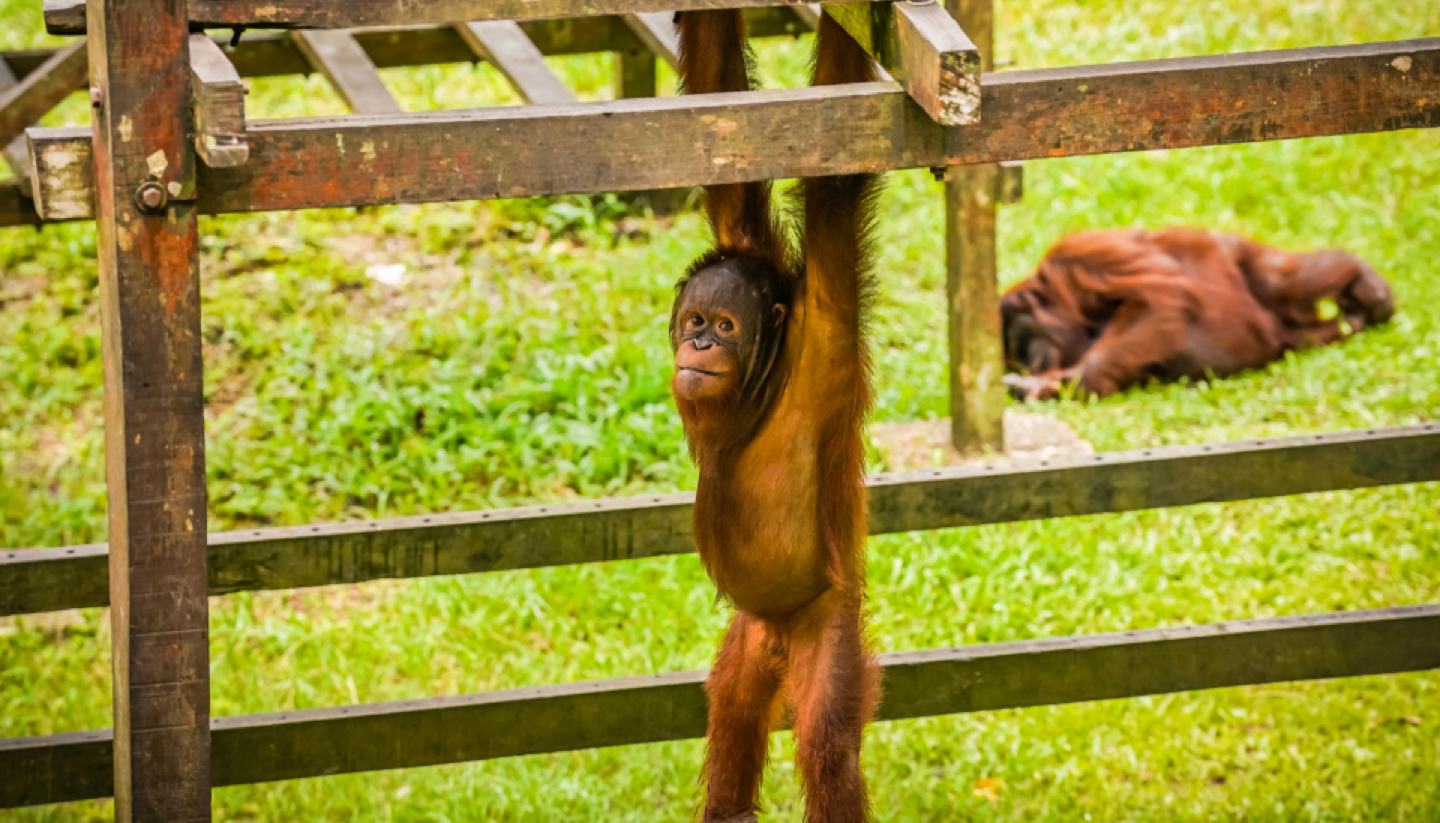Cambodia Weather, climate and geography
Weather and climate
Best time to visit
Being located in the tropical zone north of the equator, Cambodia has a monsoon climate. Monsoon season runs May - November, meaning that the most pleasant season for visitors is generally the dry season, stretching from November/December - April. Immediately after the monsoon, the blanketing green of the countryside can be stunningly beautiful.
In the north, winters are generally colder, while throughout most of the country temperatures remain fairly constant. The average year-round temperature in Cambodia is 27.7°C (the highest monthly average being 35°C, the lowest monthly average being 21°C). There is often seasonal flooding in Phnom Penh and the rest of Cambodia in late July and early August, and, because the majority of roads are dirt, travel may be disrupted at these times. At the peak of the wet season it can rain as often as two in every three days.
While the rain may affect certain outdoor activities when travelling (many hiking, biking or boat cruise companies will cancel excursions), the temperature is pleasant and in the larger cities the rainfall acts as a burst of refreshment for the dusty roads. Do bear in mind when hiking during the region in monsoon season that leeches are plentiful; leech socks and regular leech checks en route are advisable.
Required clothing
Lightweight clothing is worn all year. Gumboots, umbrellas and raincoats are advisable during the monsoon season - because when it rains, it pours. Rain may continue solidly for days on end.
Geography
Bordered to the west by Thailand, to the north by Laos and to the east by Vietnam, Cambodia is a roughly circular country with a southern coastline giving onto the Gulf of Thailand. The landscape comprises tropical rainforest and fertile cultivated land, with lush highlands rising in both the northeast and southeast. Rivers are a central feature of its make-up, with Phnom Penh situated at the confluence of the Bassac, the Tonle Sap and the mighty Mekong. A large inland lake, also called Tonle Sap, sits close to the Angkor Temple Complex in the north. There are numerous beaches and offshore islands along the southwest coast.
However, Cambodia’s main landscape is its jewel, comprising tropical rainforest and fertile cultivated land, with lush highlands rising in both the north east and south east. This rich, nutritious land also includes a wealth of nature, including rare and endangered species such as Indochinese tigers, Asian elephants and freshwater Irrawaddy dolphins.
Unfortunately Cambodia suffers from high rates of illegal trading in endangered wildlife and logging, and man is fast wiping out these incredible creatures and their habitat. Around Cambodia visitors can find various eco-camps and rainforest preservation trips offering excursions, education and an alternative form of income to locals previously involved in illegal trade.



